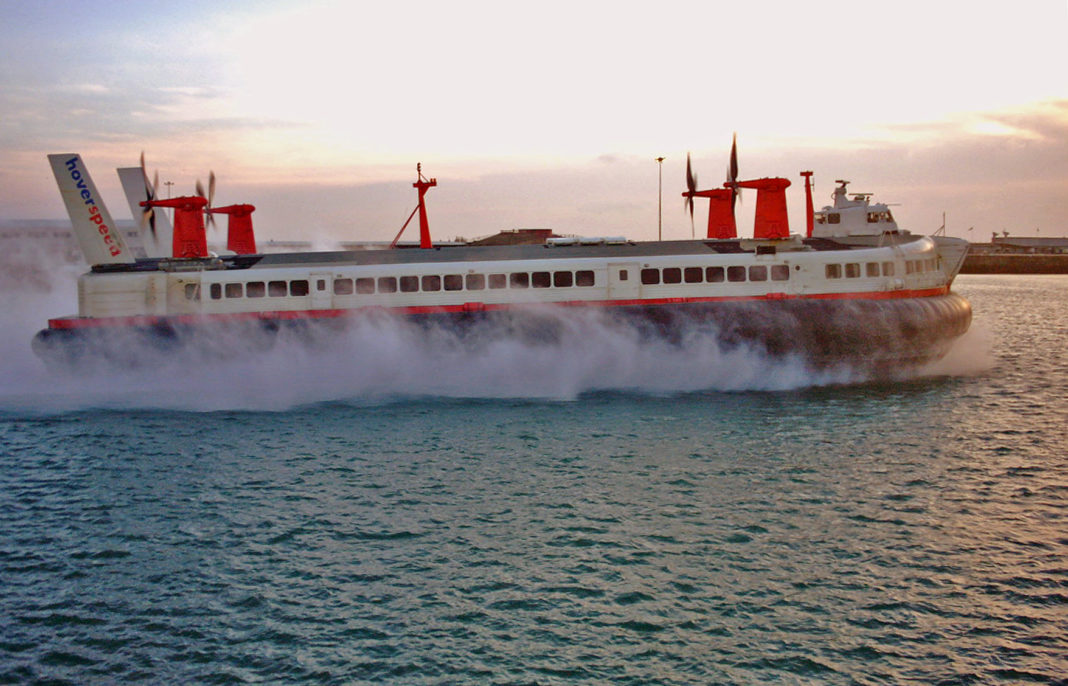The SR.N4 (Saunders-Roe Nautical 4) hovercraft (also known as the Mountbatten class hovercraft) was a combined passenger and vehicle-carrying class of hovercraft. The type has the distinction of being the largest civil hovercraft to have ever been put into service.
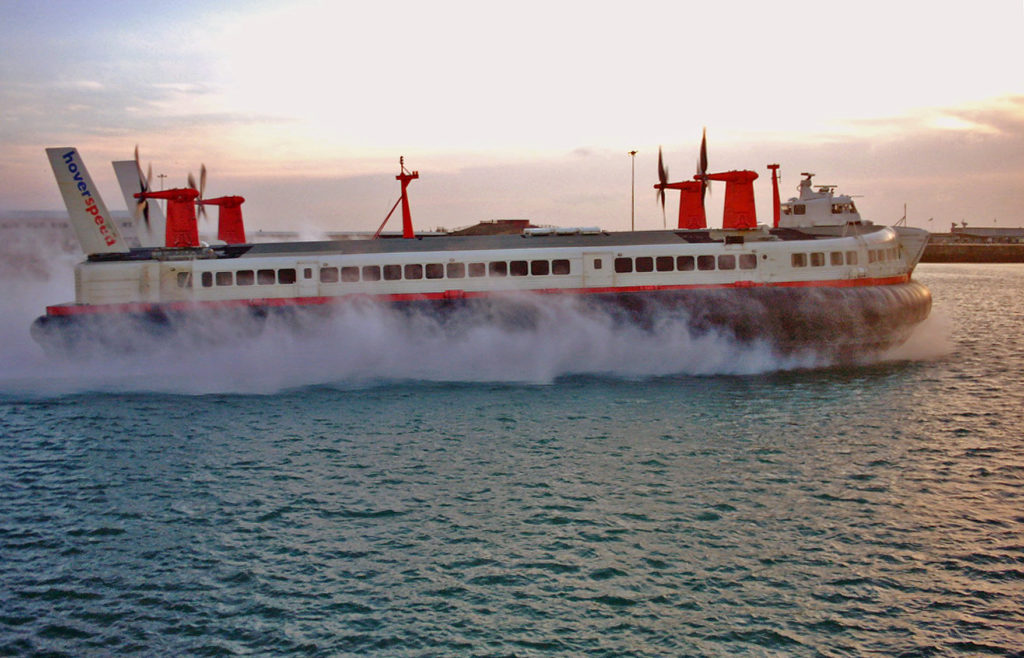
Work on the SR.N4 was initiated in 1965 by Saunders-Roe. By the time that the vehicle’s first trials took place in early 1968, Saunders-Roe had merged with Vickers Supermarine to form the British Hovercraft Corporation, which continued development.
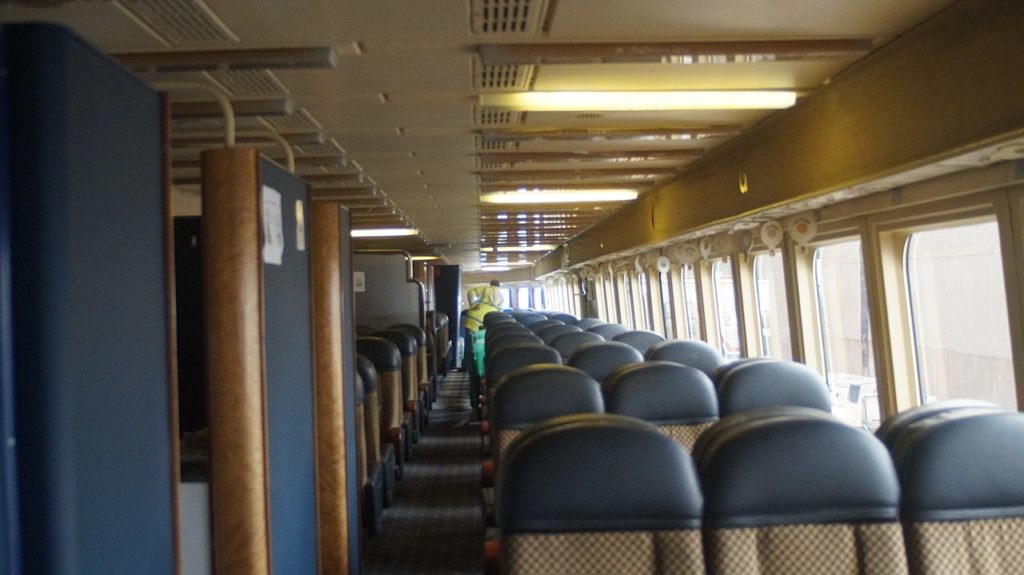
Power was provided by four Rolls-Royce Proteus marine turboshaft engines each driving its own lift fan and pylon-mounted steerable propulsion propeller. The SR.N4 was the largest hovercraft then built, designed to carry 254 passengers in two cabins beside a four-lane automobile bay that held up to 30 cars. Cars were driven from a bow ramp just forward of the wheelhouse. The first design was 40 meters long, weighed 190 long tons, was capable of 83 knots (154 km/h), and could cruise at over 60 knots (111 km/h).
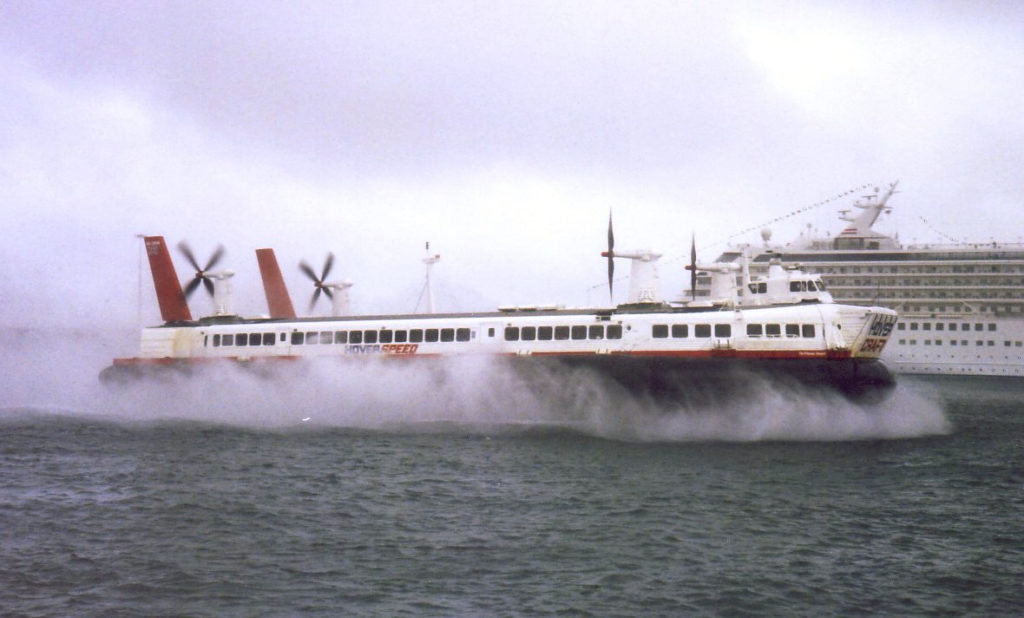
The SR.N4s operated regular services across the English Channel between 1968 and 2000. In response to operator demands, stretched versions of the SR.N4 were developed, culminating in the Mk.III variant, which had almost double the capacity for carrying both cars and passengers as the Mk.I. While interest was expressed in military applications for the type, no vehicles were ultimately used for such purposes. Following the fleet’s withdrawal from cross-channel services, a single remaining Mk.III examples, GH-2007 Princess Anne, remains on static display at the Hovercraft Museum at Lee-on-Solent as of August 2021.
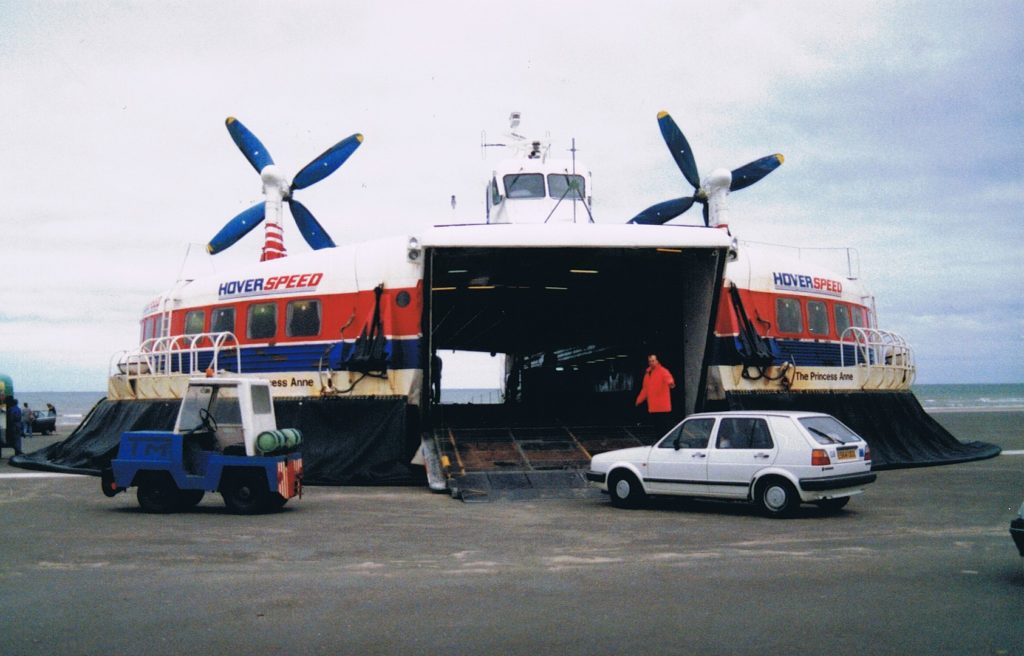
According to Wikipedia





